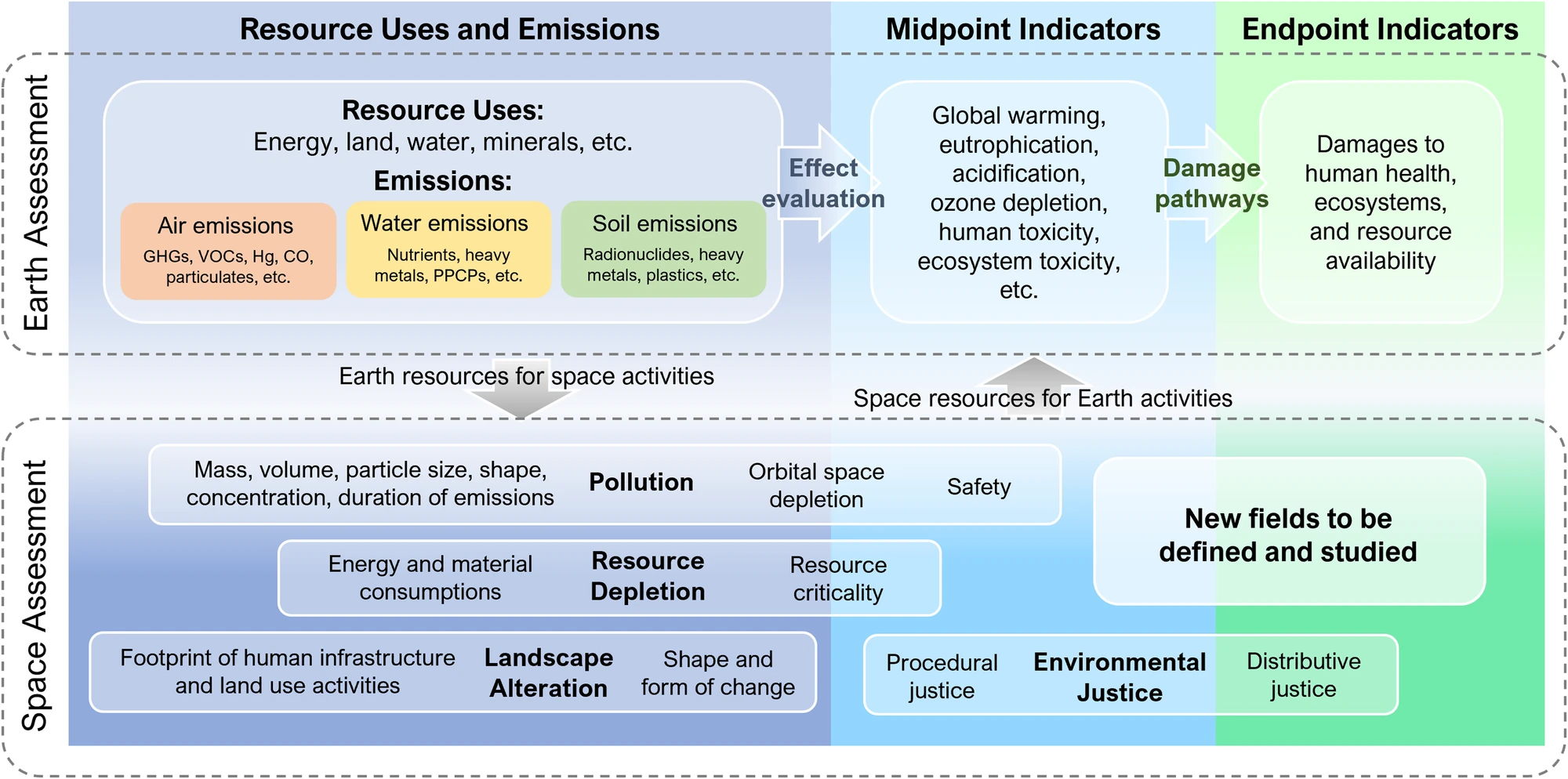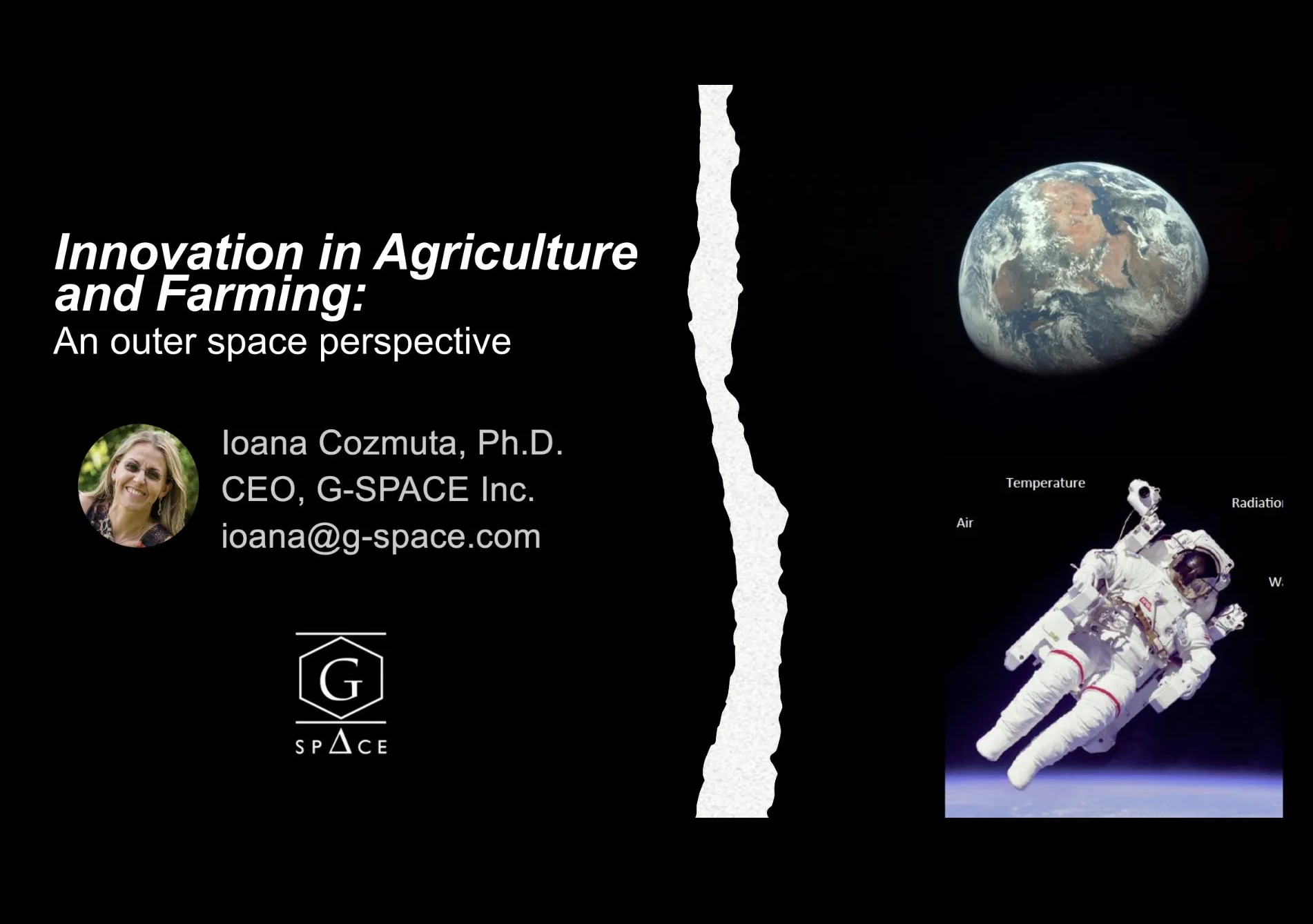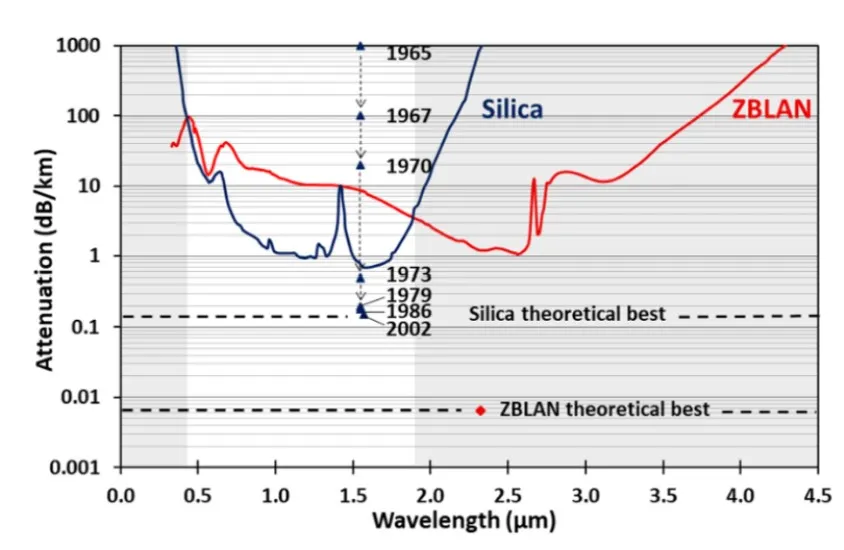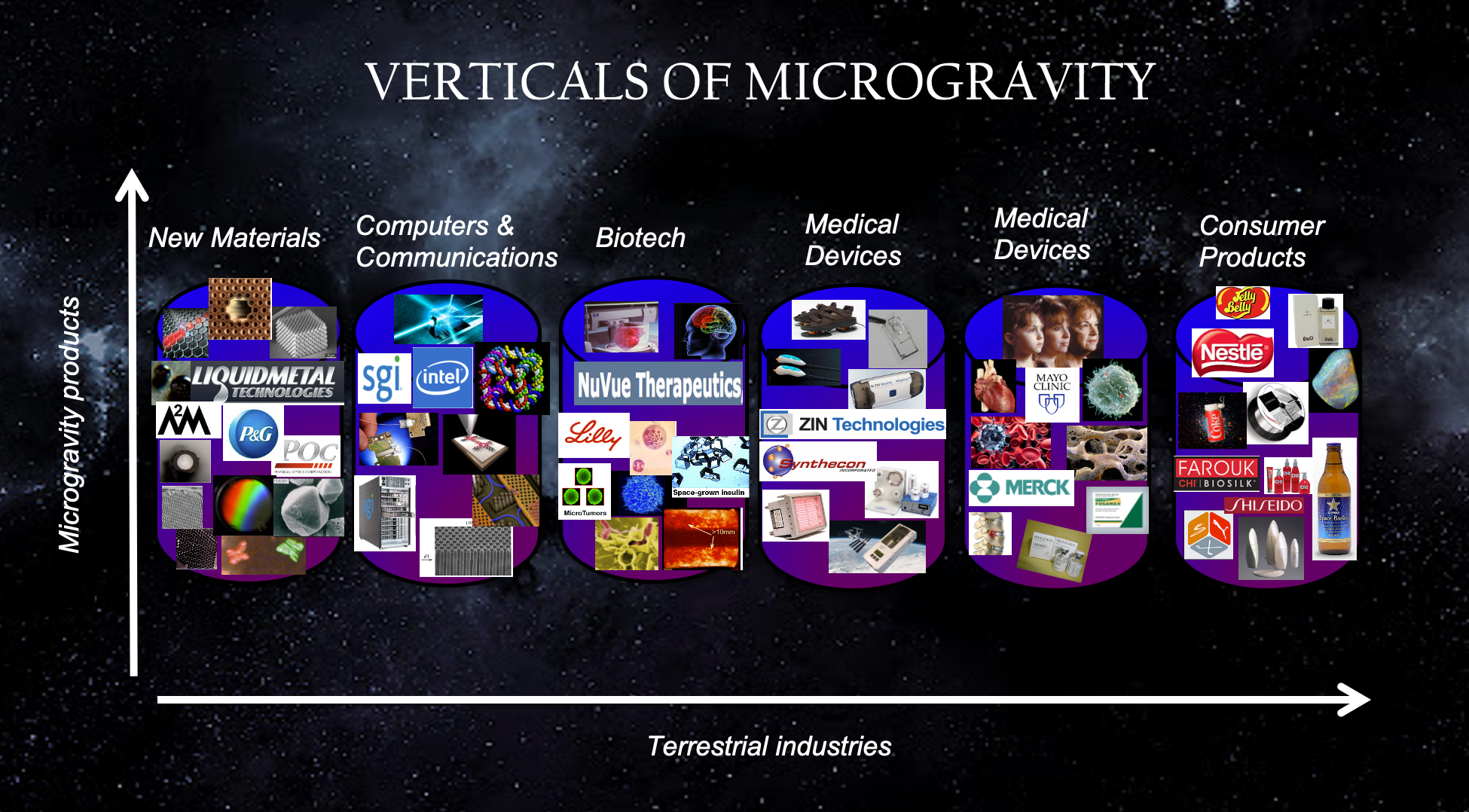· Weiwei Mo, Brad Kinsey, John Vickers, Henry Helvajian, Ioana Cozmuta, Marissa Herron, Ajay Malshe · Papers · 1 min read
Conceptualizing Space Environmental Sustainability
Recent advancements have significantly enhanced the capabilities for in-space servicing, assembly, and manufacturing (ISAM)

Abstract
Recent advancements have significantly enhanced the capabilities for in-space servicing, assembly, and manufacturing (ISAM), to develop infrastructure in orbit and on the surface of celestial bodies. This progress is a departure from the traditional sustainability paradigm focused solely on Earth, highlighting the urgent need to define and operationalize the concept of “space sustainability” along with the development of an evaluation framework. The expansion of human activity into space, particularly in low-earth orbit, cis-lunar space, and beyond, underscores the critical importance of considering sustainability implications. Leveraging space resources offers economic growth and sustainable development opportunities, while reducing pressure on Earth’s ecosystems. This paradigm shift requires responsible and ethical utilization of space resources. A space sustainability assessment framework is essential for guiding ISAM capabilities, operations, missions, standards, and policies. This paper introduces an initial framework encompassing (1) pollution, (2) resource depletion, (3) landscape alteration, and (4) space environmental justice, with potential metrics (resources use and emissions, midpoint, and endpoint indicators) to measure impacts in the four domains.





